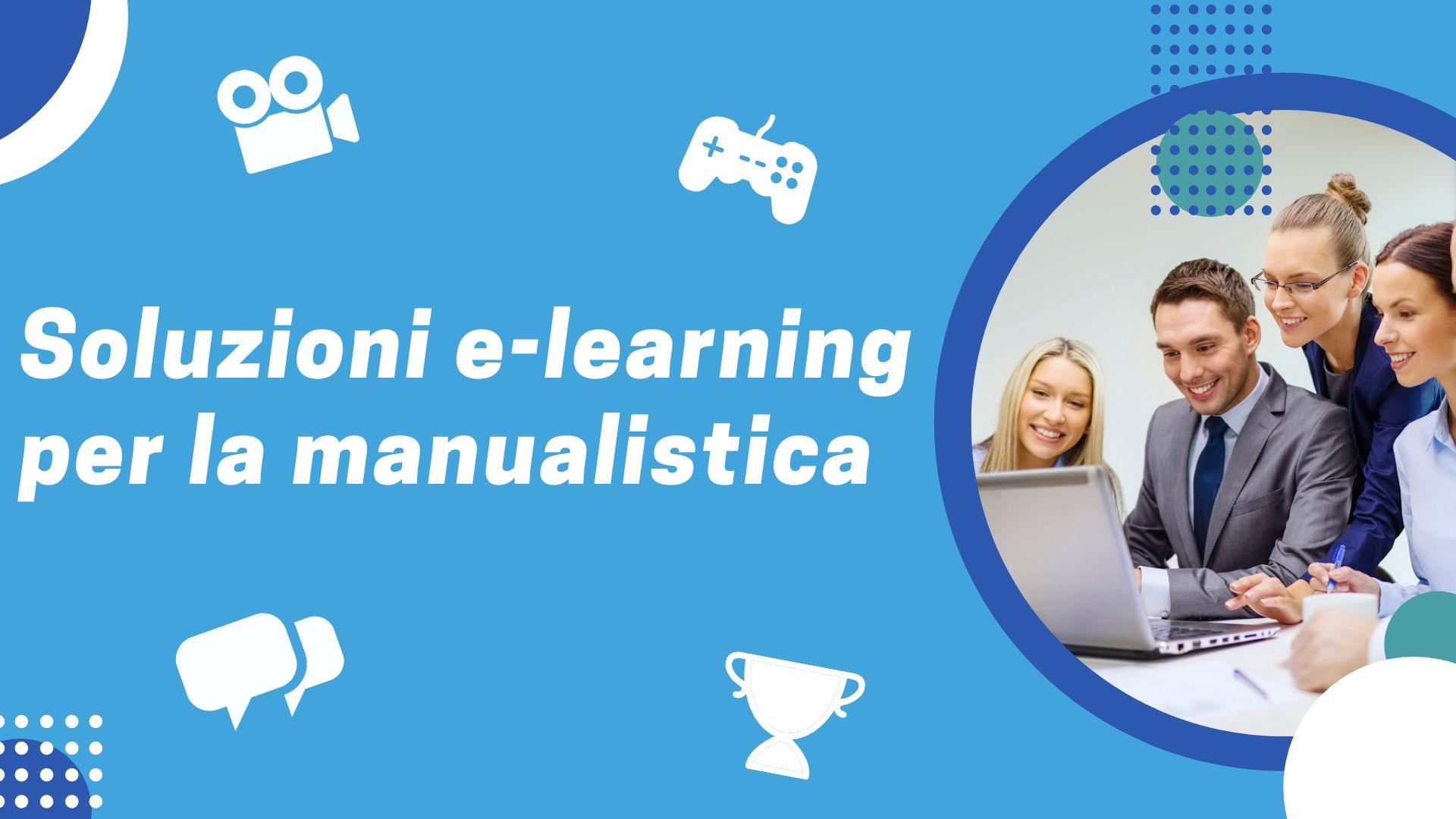
Every person who works in a context should know, more or less thoroughly depending on their role, the products / services offered by your company. How every person who uses a product / service should know how it works.
As we all know, unfortunately this is almost never the case. And especially in the case of complex products, it becomes particularly difficult for all interested parties to examine the product manuals, which are not generally, so to speak, fascinating materials.
In these cases the solutions provided by e-learning can be of great help. Overcoming the problem of manuals with original alternatives is not difficult, you only need to think in an original way.
We limit ourselves to some examples, which are not exhaustive of all the infinite possibilities that Digital Learning provides in this field.
Video Demo
Demos conceived in Video show in a simple and intuitive way the characteristics and uses of a product.
It is easier to involve the user, activate his attention and interest, but also and above all simplify the description of cases and situations. Videos are quick, synthetic, engaging, clear and above all they capture attention.
Obviously, according to the needs and the product / service concerned, different types of videos can be activated, more or less sophisticated according to the needs: from the simple representation that teaches in a simple way how to use a device, already effective in itself to overcome boredom the reading of a manual, up to animated videos that represent characters, situations, simulations, to the limit even adding humorous situations to make training more fun.
Visual Storytelling
It is a process of construction and organization of the "narration of a story" which makes use of images as an expressive medium, emphasizes the potential of the narrative structure, favoring images over words, creating curiosity, empathy and sharing.
Games and practical exercises
This online training strategy combines training with gamification, and is a very effective method for activating e-learning training on knowledge of products / services.
The didactic sequence generally foresees three different learning moments: the Theory, with the presentation of the procedure being learned and an animated description of the operational phase; Simulation, in which the user is asked to interact with the application having, in the event of an error, available a series of feedback with suggestions; the Exercise, in which the user is asked to carry out an operating process without supports and with the recording of the path taken and any errors made.
Portals dedicated to employee training
The portals provide exclusive training content aimed at the personal and professional development of their employees, with the aim of enhancing training as a "performance accelerator". Product / service training modules can be included in this training.
All content is offered to the community in an open mode, and the use of training activities provides participants with incentives through compensation systems.